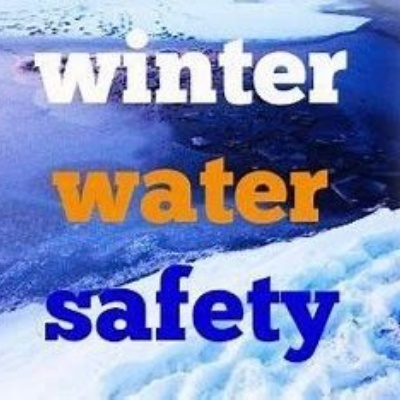Water Safety

With the tragic news at the weekend of the young children who lost their lives on the ice, we will be talking to the children about the dangers that ice poses.
GOING OUTSIDE IN WINTER EFFECTS OF THE COLD
When going outside, the cold temperature and cold winds are two obvious hazards but before you go out, there are other tips to bear in mind:
Staying safe starts at home.
1. Before you go out to play Make sure you’ve had something to eat and drink to fuel your fun.
2. Wrap up safe and warm
3. Tell an adult where you are going
4. Take some water to stay hydrated if you’re going to be out for a long time.
Wrap up safe and warm
1. WEAR LOTS OF LAYERS OF CLOTHES (not just a t-shirt and a big coat)
2. WEAR A BRIGHTLY COLOURED COAT So that cars and other people can spot you easily.
3. WEAR A HAT TO KEEP YOUR HEAD WARM
4. DON’T FORGET YOUR FINGERS AND TOES Wear some nice thick gloves and socks.
5. waterproof boots and coats will keep you dry
We all get a little chilly when we’re out in the cold, but we need to make sure that we don’t get too cold as this could cause frostbite and hypothermia.
What is frostbite? Frostbite is when your skin gets so cold that it starts to become damaged.
Look out for these signs of frostbite: • Your skin may turn pale or even greyish or bluish, and have a waxy look • Your extremities (fingers, toes, nose, lips or ears) may feel numb • Your skin may feel frozen or stiff, or may even feel itchy or burnt • In serious cases, there may be blisters on the skin • It might feel painful when your extremities start to warm up
What is hypothermia?
Hypothermia is when your body gets so cold that it is not able to work properly. People become hypothermic when their body temperature (not the outdoor temperature) drops from 37°C to 35°C.
Look out for these signs of hypothermia: • You may start shivering • You may feel tired or sleepy • You may feel confused, not understand what’s going on, or find it difficult to remember things • You may slur when you talk • Your skin might feel cold.
